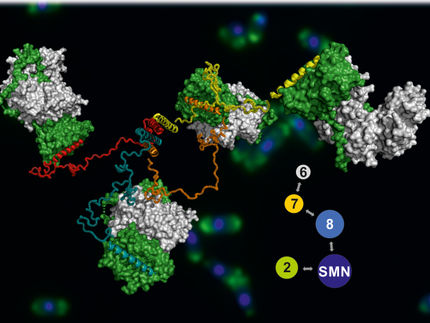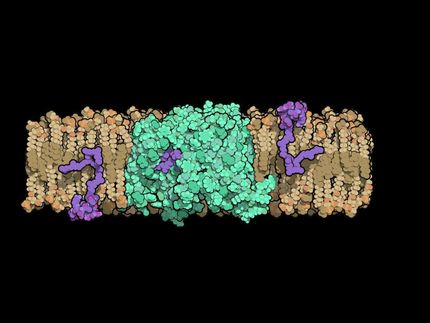How a protein senses touch
A new study led by scientists at The Scripps Research Institute (TSRI) reveals that a protein first discovered at TSRI in 2010 is directly responsible for sensing touch.
Knowledge about this protein, called Piezo 1, could be relevant for designing better pain medications and exploring future therapies for blood disorders, hypertension and more.
"This latest work provides definitive proof that Piezos are, by themselves, 'mechanosensitive,'" said senior author Ardem Patapoutian, a professor at TSRI and a Howard Hughes Medical Institute (HHMI) Investigator.
A 'Sense' of Mystery
Piezo 1 is an "ion channel," or gateway through the cell membrane. When it senses mechanical force, it opens to allow ions to pass into the cell, starting a chain of events that send a signal to the brain--in other words, Piezo proteins control the sensation of touch.
"Out of all our senses, the sense of touch is the least understood, so significant efforts are being made to acquire a more complete understanding," said Ruhma Syeda, a professional scientific collaborator at TSRI and first author of the new study. "We are only now unraveling the physiological roles of Piezo proteins."
The new study addressed a lingering question about Piezo 1: Does it sense touch directly, or is it influenced by nearby proteins and other cellular components? To study this, the researchers used a "reductionist" approach, which Syeda helped develop during her postdoctoral research. In this system, scientists extract a protein from its native environment in the cell and study it in a simpler membrane environment. This enables the scientists to see how the protein behaves on its own, without influence from other cellular players.
The researchers found that Piezo 1 does appear to directly sense force by detecting tension in the cell membrane. "It seems like it has a built-in sensor," said Syeda.
The next step in this research is to better understand the molecular structure of Piezo 1--which could lead to a "map" of the protein and further insights into its function. "I'm also very excited that this reductionist approach can be applied to other channels," said Syeda. "We'll be able to understand more channels and proteins and their physiological roles."
Original publication
Other news from the department science

Get the analytics and lab tech industry in your inbox
By submitting this form you agree that LUMITOS AG will send you the newsletter(s) selected above by email. Your data will not be passed on to third parties. Your data will be stored and processed in accordance with our data protection regulations. LUMITOS may contact you by email for the purpose of advertising or market and opinion surveys. You can revoke your consent at any time without giving reasons to LUMITOS AG, Ernst-Augustin-Str. 2, 12489 Berlin, Germany or by e-mail at revoke@lumitos.com with effect for the future. In addition, each email contains a link to unsubscribe from the corresponding newsletter.





















































